The Galapagos National Park
Established in 1959, the Galapagos National Park is the oldest National Park in Ecuador. And while the world sees continuous development and human encroachment around the globe, approximately 97% of the Galapagos Islands remain uninhabited. Santa Cruz Island, San Cristobal Island, Isabela Island and Floreana Island make up the other 3%. Declared a UNESCO World Heritage Site in 1979, the Galapagos Islands treat visitors with an abundance of endemic wildlife above and below the sea: Giant Tortoise, marine and land iguanas, the blue-footed booby, colorful crabs, penguins, sea lions and more roam freely with no fear of man. So brush up on your Spanish and head toward the equator; the Galapagos Islands are simply "excepcional."
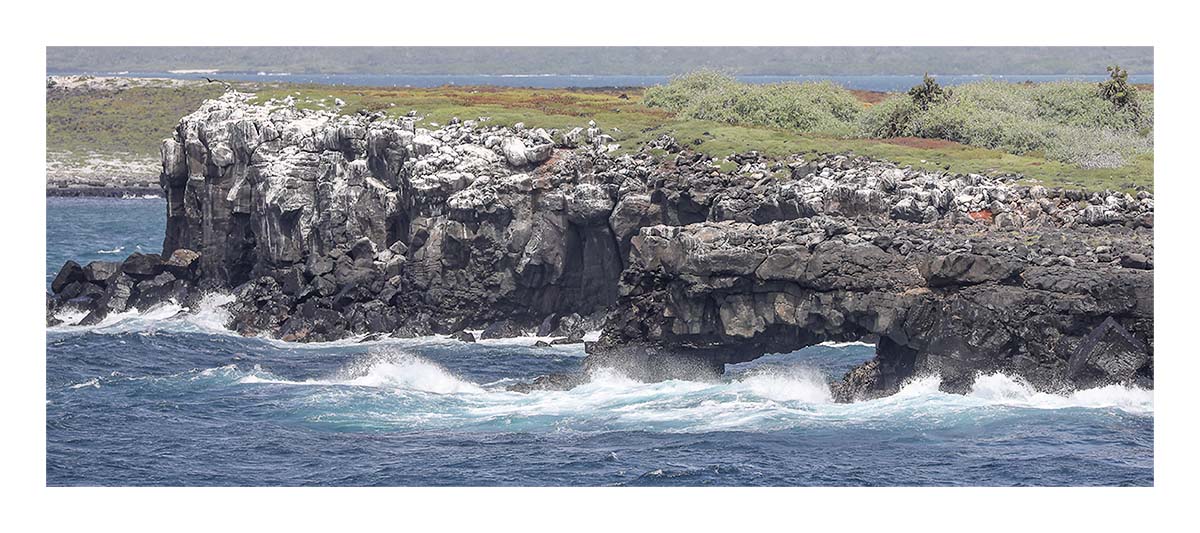




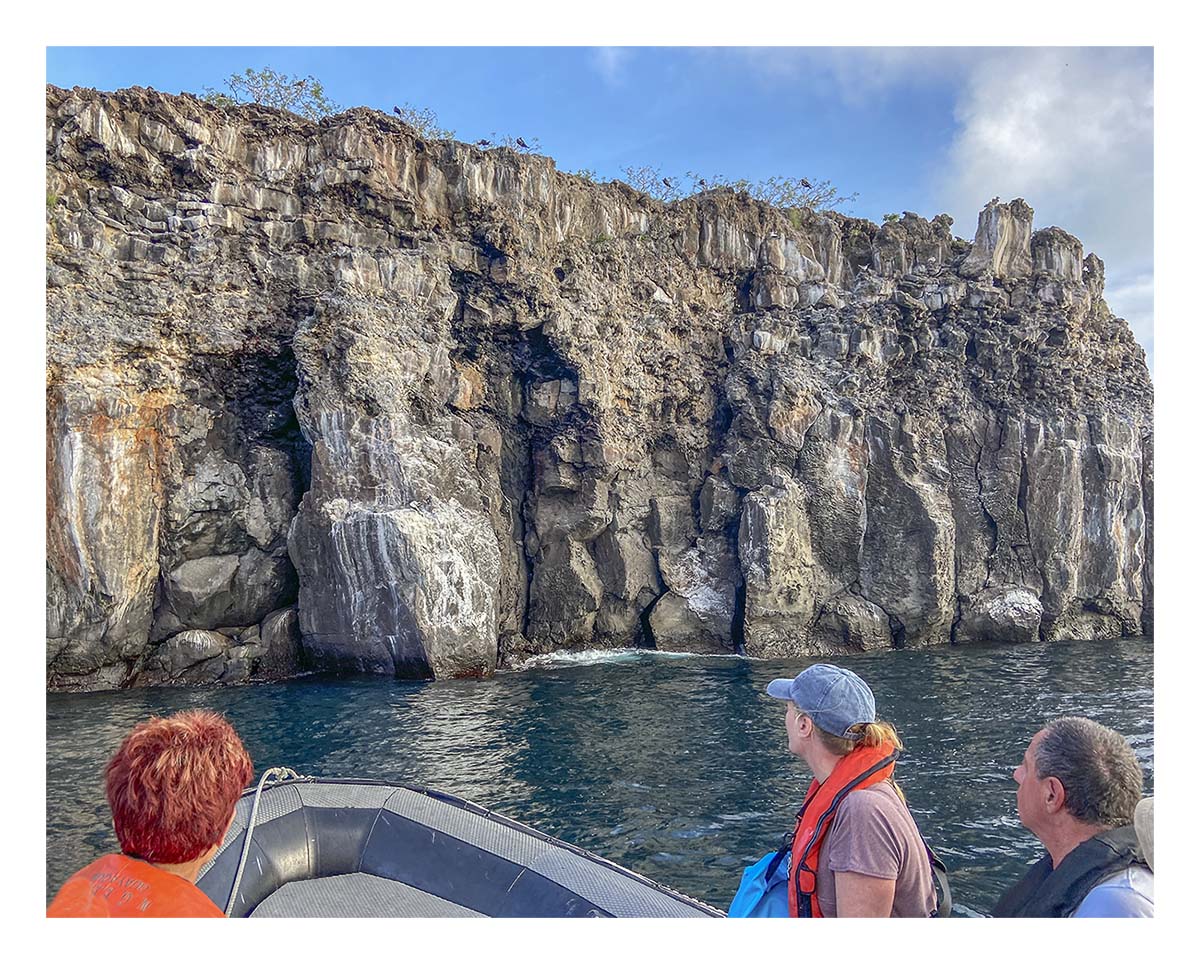
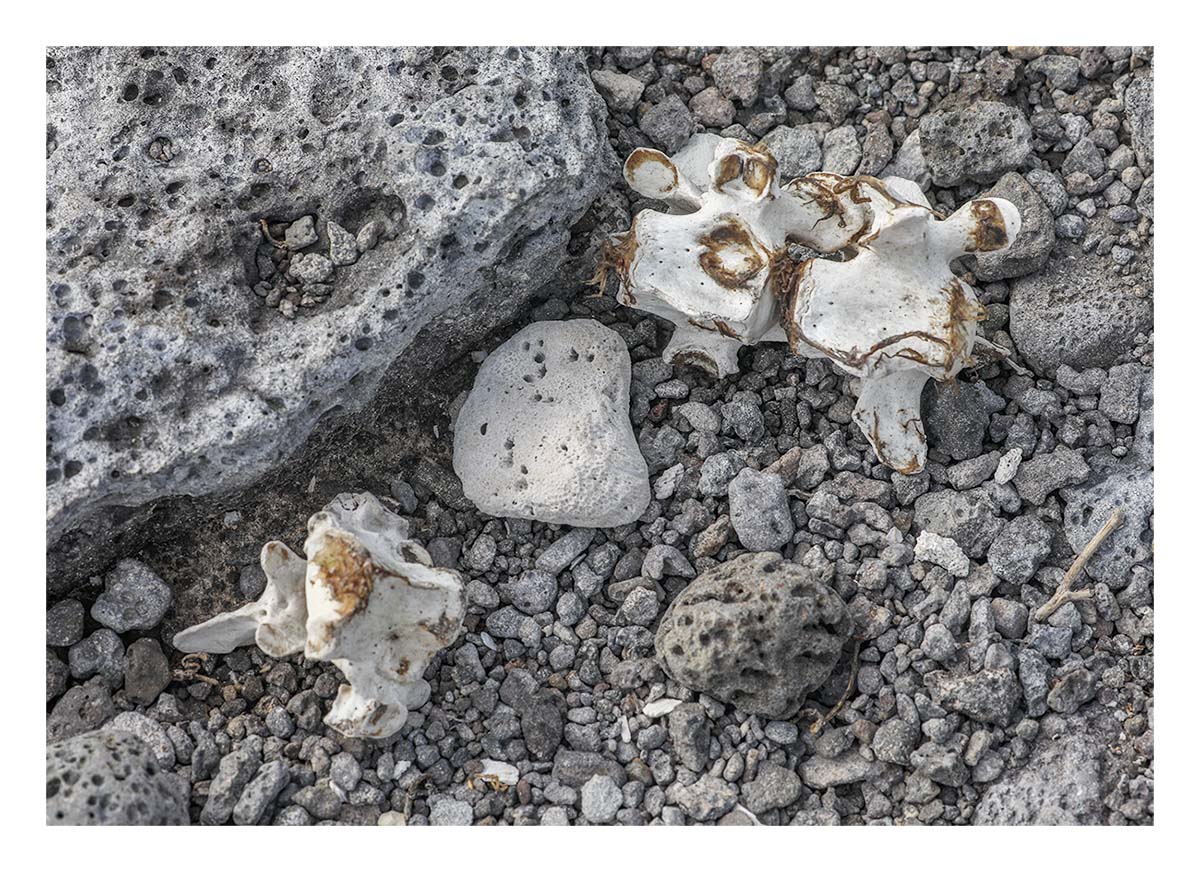

Norm to our urban settings, but a strange sight to see graffiti marking rocks on Galapagos Islands. Not new, notice the date: 1953.

Graffiti dated 1957.

Birds (Common and Endemic)

White-cheeked Pintail (Anas bahamensis).
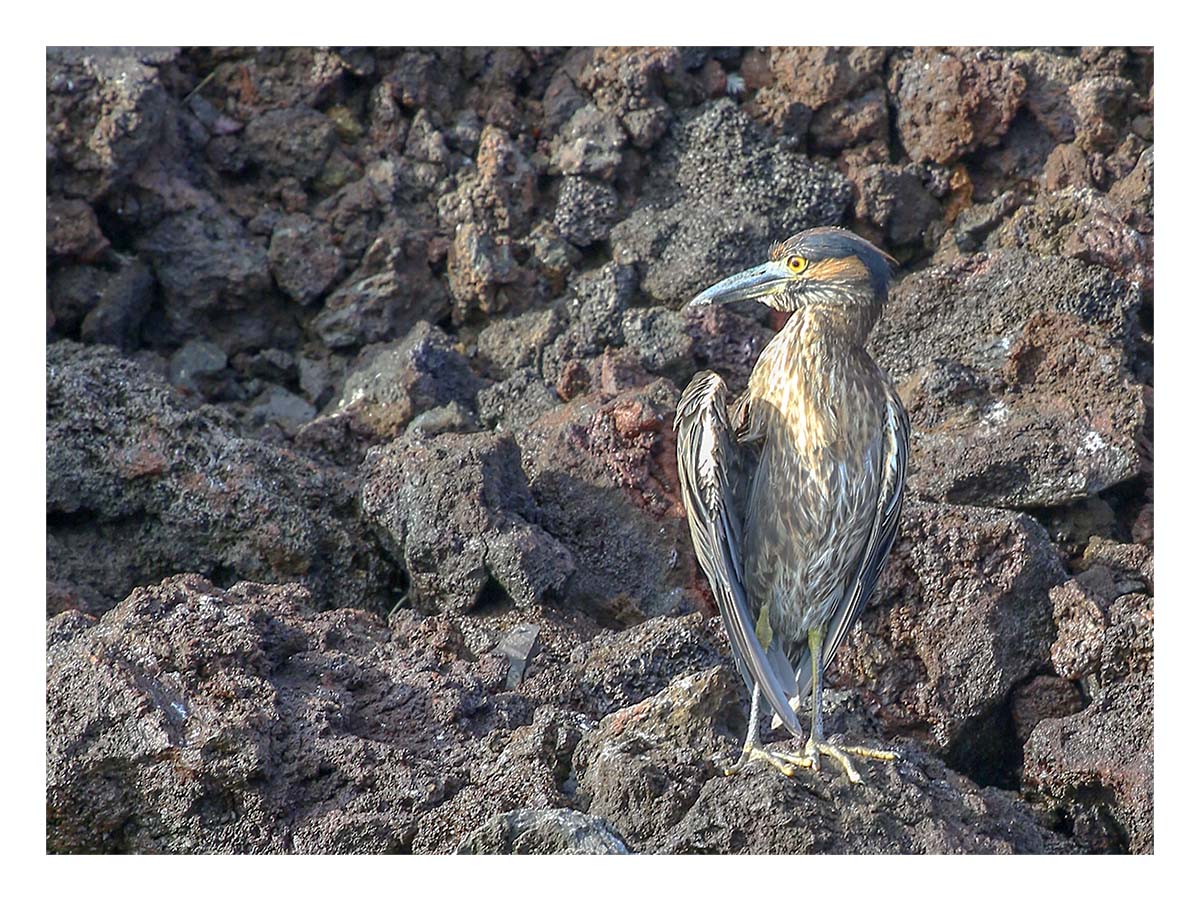
Yellow-Crowned Night Heron (Nyctanassa violacea).

Yellow-Crowned Night Heron (Nyctanassa violacea).

On the left: Yellow-Crowned Night Heron (Nyctanassa violacea). On right: Galapagos Mockingbird (Mimus parvulus).

Galapagos Mockingbird (Mimus parvulus).
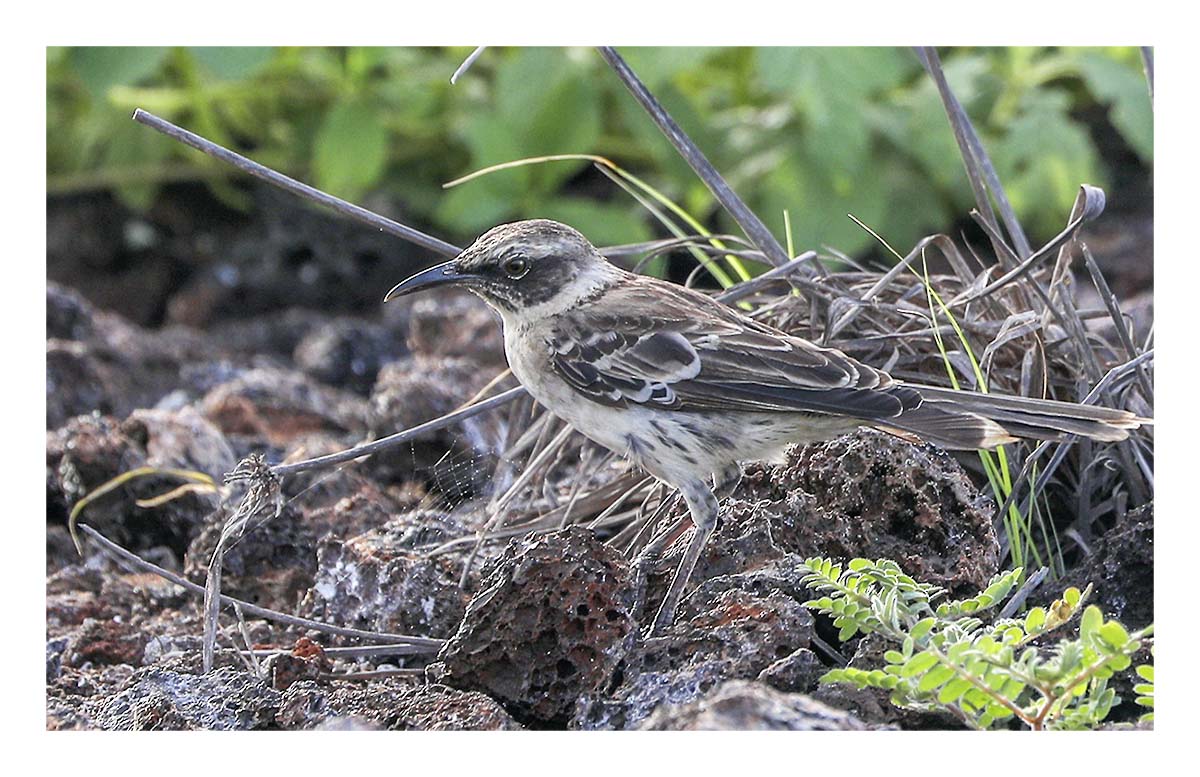
Galapagos Mockingbird (Mimus parvulus).

Galapagos Mockingbird (Mimus parvulus).

Yellow Warbler (Setophaga petechia).
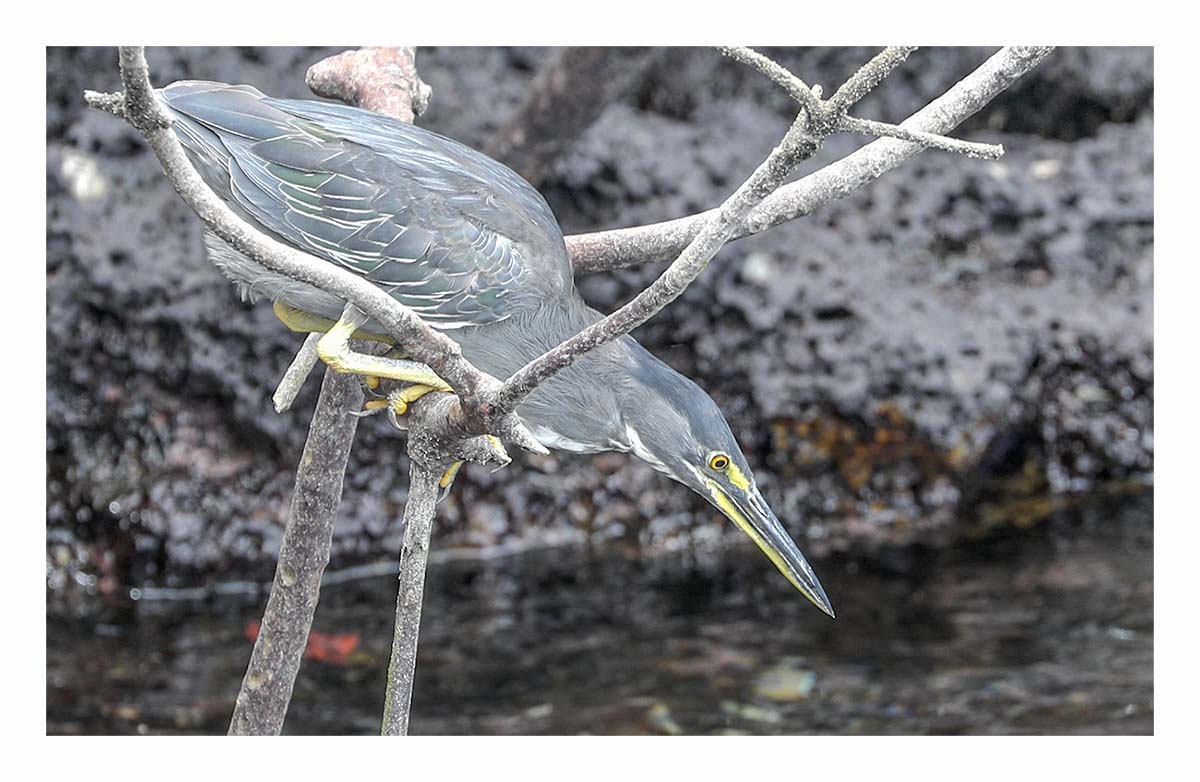
Great Blue Heron (Ardea herodias).

Great Blue Heron (Ardea herodias).

Great Blue Heron (Ardea herodias).

Darwin Finch?.

On left: Darwin finch (Geospiza fortis)?. On right: Galapagos Short-eared Owl (Asio flammeus galapaoensis). This particular owl is named Morgan and if you notice, its left eye is damaged.

Galapagos Short-eared Owl (Asio flammeus galapaoensis).

Lava Gull (Leucophaeus fuliginosus).

Lava Gull (Leucophaeus fuliginosus).